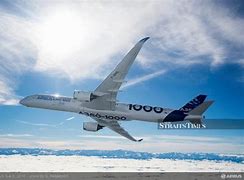IMF has highlighted that growth in the Asia-Pacific region is projected to increase to 4.6%, compared to 0.8% in Europe or 2.2% in North America.
The exponential growth of intra-Asian trade, which now accounts for 58% of trade across the APAC region, is signalling the need to establish new infrastructure and supply chains means that transport and logistics as a focal point of intra-Asian investment.
According to Boeing’s Commercial Market Outlook, passenger traffic growth the next 20 years of 5.3% per annum and accelerated retirement of older less fuel-efficient aircraft will see the Asia-Pacific region require over 17,000 new passenger and freighter aircraft – resulting in nearly $3.2 trillion for the aviation sector. Serving as testament to the economic opportunities for the sector, the IMF highlights growth in the Asia-Pacific region is projected to increase to 4.6%, compared to 0.8% in Europe or 2.2% in North America.
Reflecting the pivotal role the APAC region has to growing the aviation industry, Indian carrier IndiGo placed the largest order of aircraft ever recorded at the most recent Paris Air Show. Additionally, as of March 2023, 22.1% of global air travel was recorded in the Asia-Pacific region, according to the IATA. Although this represents a smaller share of the global market compared to North America and Europe, Asia-Pacific airlines had a 283.1% increase in March 2023 traffic compared to March 2022, more than four times larger than the next fastest growing market.
Meanwhile, capacity rose 161.5% and the load factor – the measure of capacity filled by passengers – increased 26.8 percentage points to 84.5%, the second highest among the regions. Global investors are increasingly becoming attuned to the importance of the APAC region, with firms actively seeking to establish a footprint in emerging markets.












